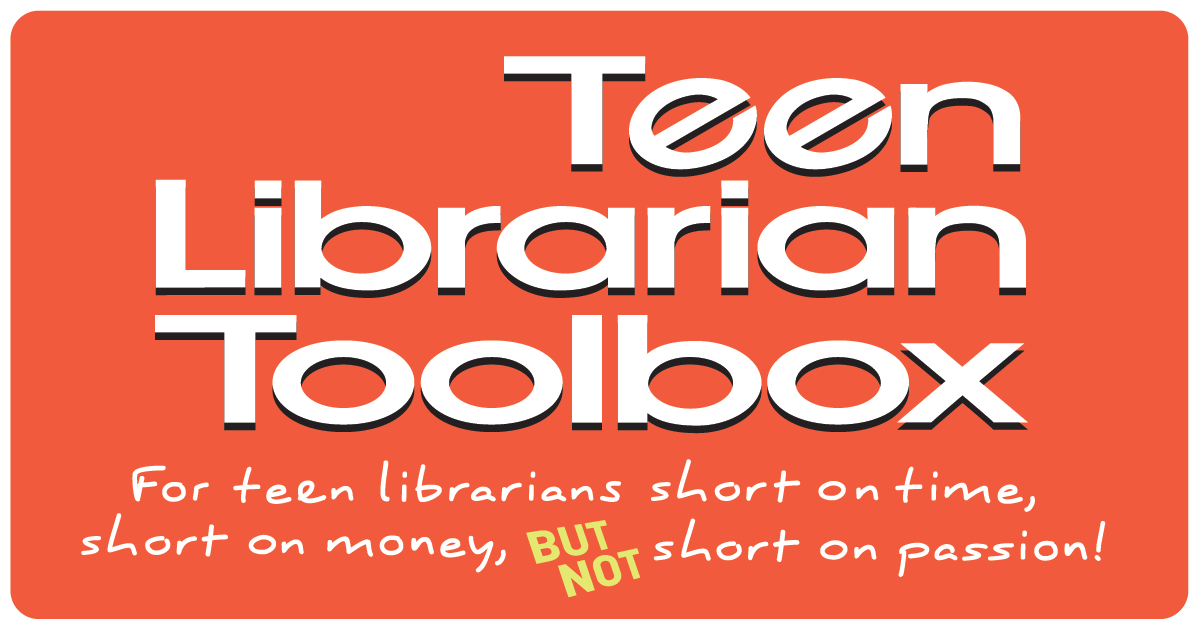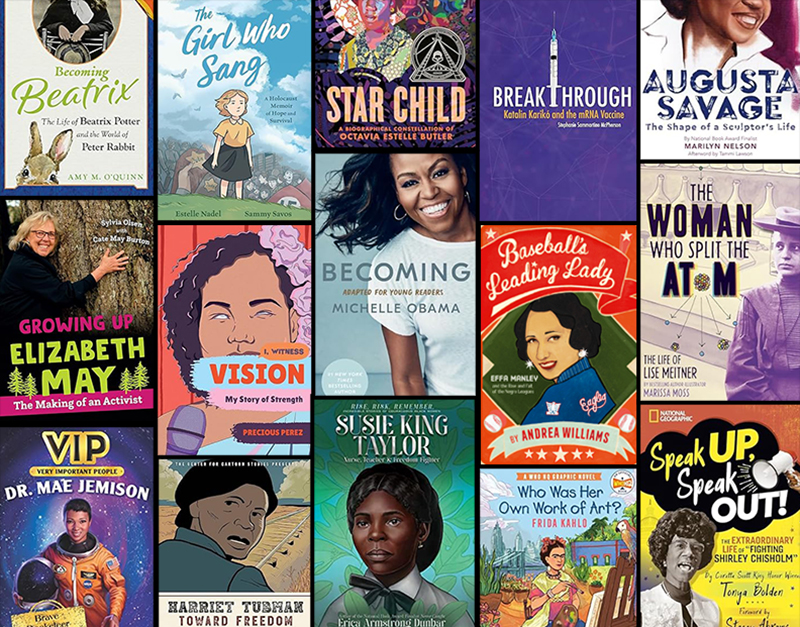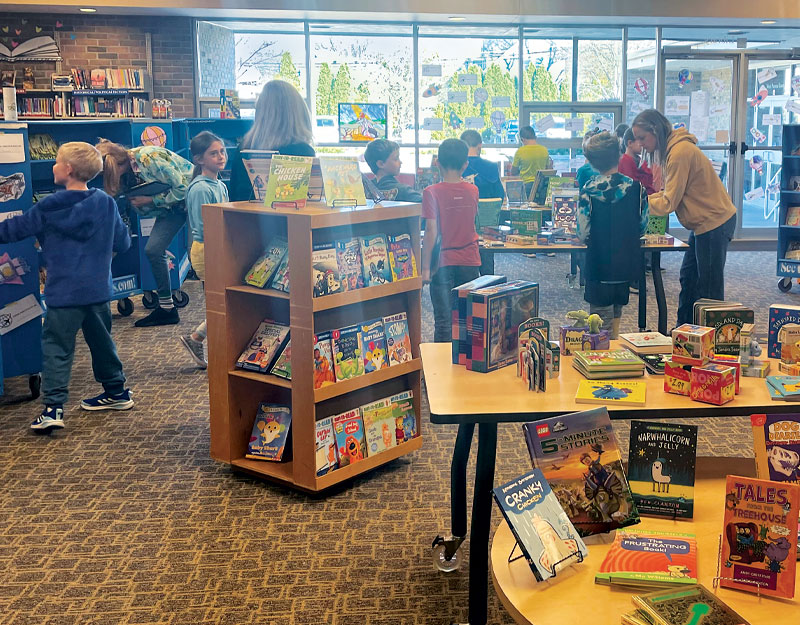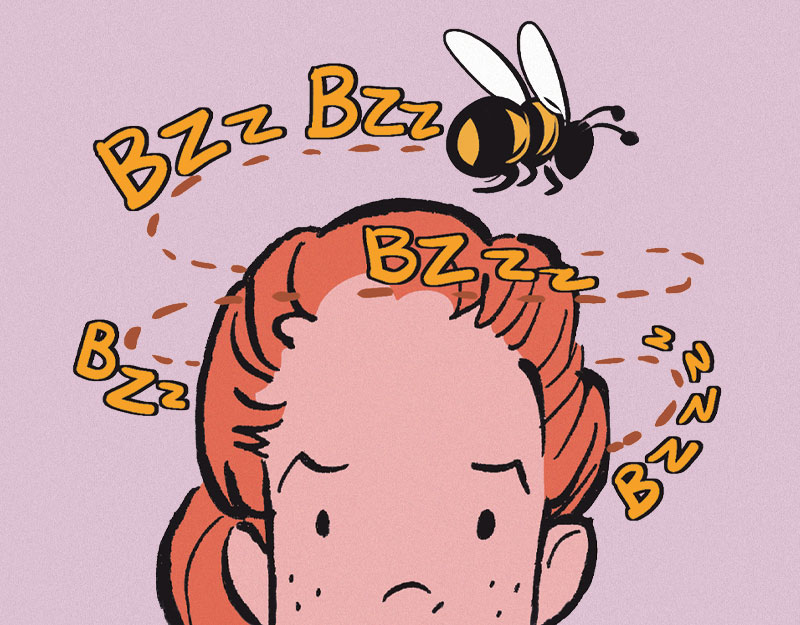Hello, Weenies (guest post by author David Lubar)
 Happy Halloween! Or should I say, “Happy Halloweenies”. Today, we bring you this special treat – a guest post by author David Lubar. Now you can’t play any tricks on us. Enjoy this low calorie treat. Sure it’s not chocolate, but it won’t go straight to your hips either. But it will nourish your BRAAAIIINNNSSS so they are big and juicy when the zombies come.
Happy Halloween! Or should I say, “Happy Halloweenies”. Today, we bring you this special treat – a guest post by author David Lubar. Now you can’t play any tricks on us. Enjoy this low calorie treat. Sure it’s not chocolate, but it won’t go straight to your hips either. But it will nourish your BRAAAIIINNNSSS so they are big and juicy when the zombies come.
The other day, I noticed that my newest story collection had acquired a dusting of one-star ratings on a popular book site. It had an abundance of higher ratings, so I wasn’t traumatized, but I was curious about what was behind this unary starring. As I clicked my way into the depths, I discovered that there are people who feel my stories are totally unsuitable for the young readers in my target audience. (The people in question were the parents of young readers, and not the readers themselves.) They especially objected to the fact that some of my characters experienced horrifying fates.
It would be easy and cavalier to dismiss these objections with a smirk or a profane response. (Or, given that I’m from New Jersey, a mono-digital flash of the state bird.) But I do consider myself a moral and responsible member of society. I donate to charities, I care about others, I hold doors for strangers, and I try to do my part in the never-ending battle for truth, justice, and the American way. I decided to give the matter a fair amount of serious thought, and eventually came to the conclusions presented below.
For those of you who might be unfamiliar with the Weenies short-story collections (currently comprising six books and containing more than 200 stories), a fair number of the tales end with a character’s death or some other unpleasant fate. To cite some examples, a boy is on a carnival ride that turns into a blender, two boys who are frying ants with a magnifying glass get crushed by falling blue ice dropped from a jet’s lavatory, and a boy who is turned into a slug after he’s gorged himself on salty pretzels gets dissolved into a puddle of slug goo by the salt. (If the slug-goo image made you smile, you can climb down from the moral high ground right now and join me in the cellar. If the image of the blender made you cringe, I should warn you that that’s not the worst part of the story.)
I would like to think, upon analysis, that my work shares the sensibilities of three familiar forms of entertainment — fairy tales, animated cartoons, and adult horror stories. It also, serendipitydubiously, connects with the very soul of Halloween, allowing me to present this essay in conjunction with that holiday, as opposed to hurling it at you at a random time. (It also gave me an actual deadline, without which I seem pathetically incapable of getting anything done.)
In the original version of Grimm’s tales, characters meet terrible fates. Eyes are pecked out by birds. Toes are amputated in an effort to fit feet into slippers. And sentences are passified in order to seem deeper. No. Wait. Ignore that last one. But you get the idea. Fairy tales, which served, among other things, to warn youngsters against doing dangerous things like moving next door to a witch or stealing from the king, presented all sort of dreadful outcomes. There is some debate as to what degree these tales were cautionary as opposed to being told solely for entertainment. But if I wanted to do research, I wouldn’t be writing fiction about vampire catfish and vengeful trees. So let’s move on.
ADVERTISEMENT
ADVERTISEMENT
 |
| Find out more about Itchy & Scratchy at Horrorpedia |
In Saturday-morning cartoons, characters suffer hideous fates purely for entertainment, as they do in horror stories. (The Itchy and Scratchy cartoon-within-a-cartoon on The Simpsons is a perfect self parody of this concept.) We’ve touched on the value of fairy tales. What about cartoons and horror stories? Are they devoid of any redeeming value? I don’t think so. The horror story allows us to face fears we know aren’t real. If you’ve never been scared by the Bogey Man (he was really creepy in Casablanca), are you going to be less agile in your reaction when you encounter a swarm of bees or a rabid dog? If you fear the monster under the bed, and eventually lose that fear, doesn’t that make you a stronger person? I’d like to think so. (As a side note, my next horror collection, Wipeout of the Wireless Weenies and Other Warped and Creepy Tales, coming from Tor in 2014, contains a story called “M.U.B,” written as a dialogue between a kid and the monster under his bed. I had no idea where the story would go when I started it. I just wanted to write something purely in dialogue. But it turned into a story where the monster justifies his existence on the basis of his role teaching important life skills.)
Cartoons mostly make us laugh, but they can also make us care and empathize. It’s not Bugs Bunny who is getting blown to smithereens. It’s the hunter who is trying to shoot him, or the duck that is trying to best him. Speaking of empathy, not all of the Weenies stories involve tragic endings. One of my favorites involves a girl who refuses to be a victim. Coincidentally, it is a Halloween story. Happily, you can read it here
I’ll add one more example. Entertainment for grown-ups is filled with the amusing destruction of both the living and the inanimate. (Paging Bruce Willis…) Think about any Monty Python movie. When the Black Knight is being cut to pieces, one lopped-off limb at a time, the audience doesn’t recoil in sympathy — they howl with laughter. Remember when Indiana Jones [SPOILER ALERT!!!] shot the guy who was swinging a sword in a threatening manner? That’s hailed as a classic comic moment in the movies. One human being shot another. In the real world, this would be tragic. But we know the world of the movie – or the fantasy short story – isn’t real. We loved it when Indy pulled the trigger. It was perfect in so many ways.
Halloween, as we all know, is about facing the fears that are beyond our physical control, and even our physical world. The spirits and spooks walk among us for a night, and yet we remain unscathed. Many of the Weenies stories carry this same theme that we should face our fears. The Weenies Topical and Literary Index points to six stories about “Facing Fears.” (Yes, I really created this, when I was badly in need of an excuse to avoid doing real work.) There are also a lot of stories about bullies since, if I’m going to drop a terrible fate on a character, he might as well be a bully.
So, to those who recoil in horror at my stories, I offer two thoughts. If your children are not comfortable with my work, by all means feel free to tell the world about the contents, and your reasons for objecting to them. But also know that there are children out there who love these stories, and they are not being harmed by them. They are learning to face fears. They are meeting a variety of literary structures and styles. (Another joyful aspect of writing stories is that I can experiment without all sorts of viewpoints, narrative tricks, styles, and techniques. It’s a lot riskier to do that in a novel.) My influences include both O. Henry and Borges. I am a fan of Saki and Joyce, as well as Bradbury and King. My readers encounter a wealth of ideas and a rich vein of imagination. There are stories about Zeno’s Paradox, pyramid schemes, and linguistics. My readers are also being entertained. I humbly submit that I make them want to read more. This is not an opinion or suspicion on my part. I’ve been told this many times, in person and in email, by teachers, parents, and librarians.
I do have standards and limits. I exercise these in two ways. If I’m at a signing and a parent wants to buy a Weenies collection for a younger child, I always say, “Some of these stories are very dark. You should preview them, first.” (Far too often, this draws the response, “He reads above his level.” To which I am so tempted to respond, “And I write below my level.”) I’ve talked people out of buying the books, or into setting them aside for a year or two.
At times, I’ll write a story that is too dark for the Weenies, or too close to something that could happen in the real world. I set these stories aside. I gathered a batch recently. They can be found in Extremities: Stories of Death, Murder, and Revenge.
So, yes, I write stories where my characters are destroyed in horrifying ways. And I don’t deny that this is not typical subject matter for most authors. I’ll even allow that it might indicate flaws in my character or issues that should be addressed by way of therapy. I’m proud, when all is said and done, that I am doing everything I can to create a larger audience for good old-fashioned short stories. And I will argue against claims that my stories are unsuitable for all children or that they break moral standards. Don’t take my word for this. Ask some kids. 
About David Lubar: David Lubar is an author of numerous books for teens. He is also an electronic game programmer, who programmed Super Breakout for the Nintendo Game Boy, and Frogger for both the SNES and Game Boy.
You can find him on Twitter and online at DavidLubar.com.
Filed under: David Lubar, Extremeties, Guest Post, Weenies
About Karen Jensen, MLS
Karen Jensen has been a Teen Services Librarian for almost 30 years. She created TLT in 2011 and is the co-editor of The Whole Library Handbook: Teen Services with Heather Booth (ALA Editions, 2014).
ADVERTISEMENT
ADVERTISEMENT
SLJ Blog Network
2024 Books from Coretta Scott King Winners
Monster Befrienders and a Slew of Horror/Comedy: It’s a Blood City Rollers Q&A with V.P. Anderson & Tatiana Hill
Monkey King and the World of Myths: The Monster and the Maze | Review
Parsing Religion in Public Schools
ADVERTISEMENT











